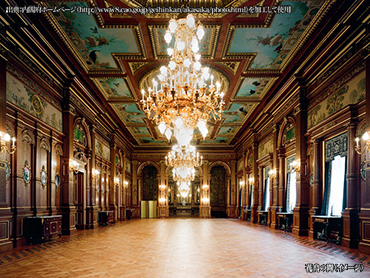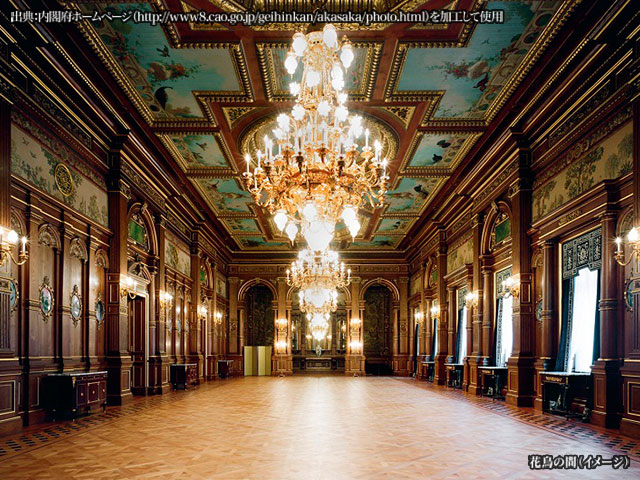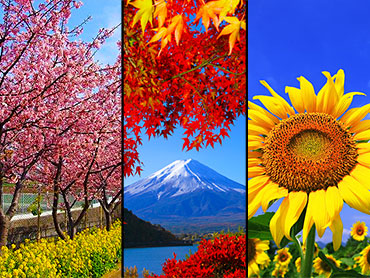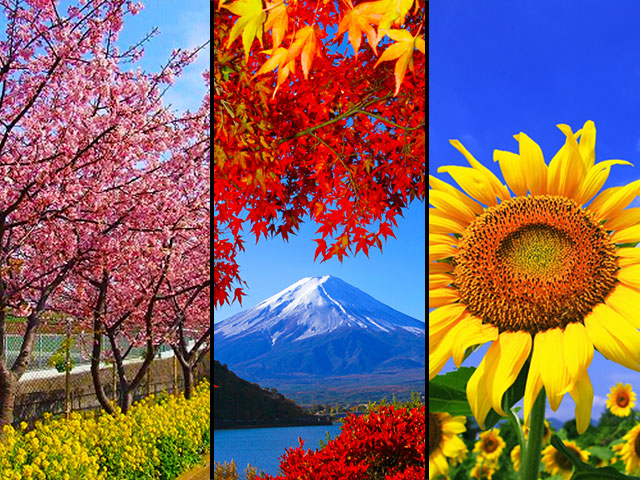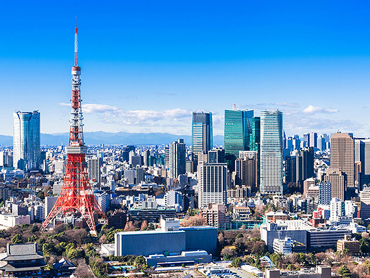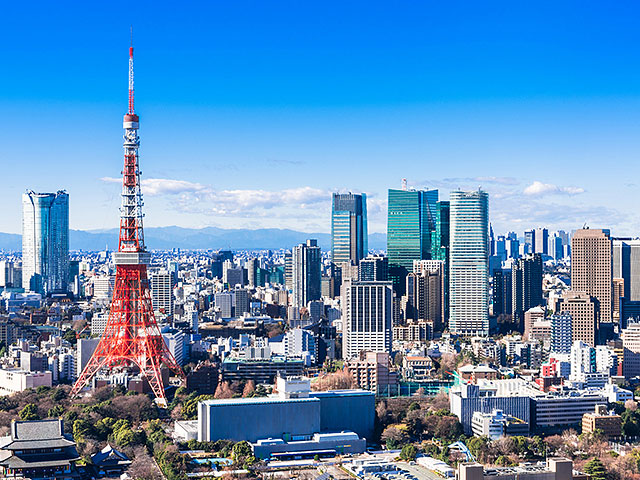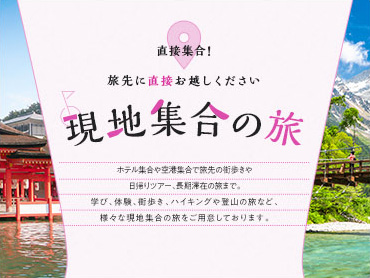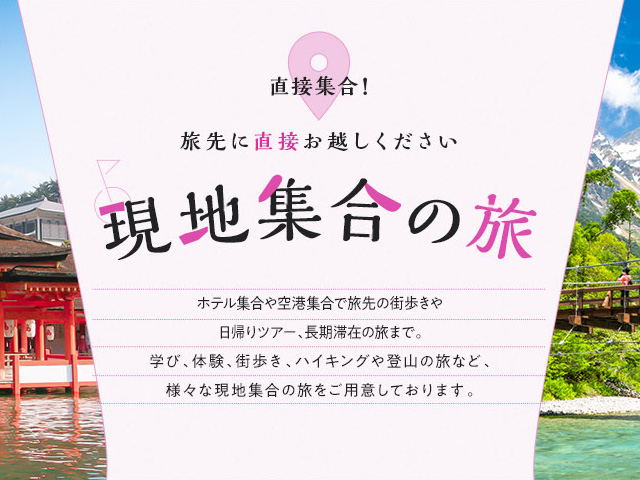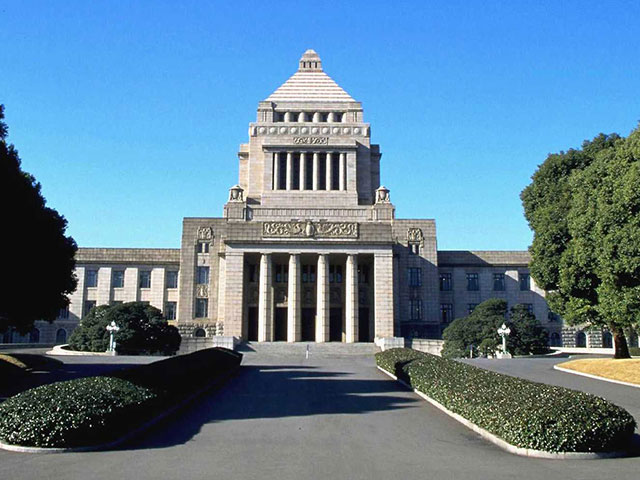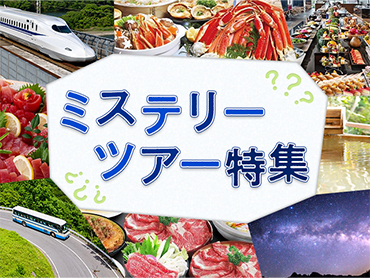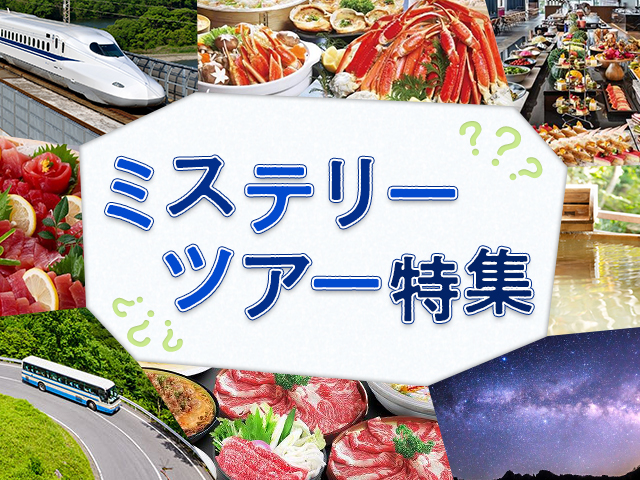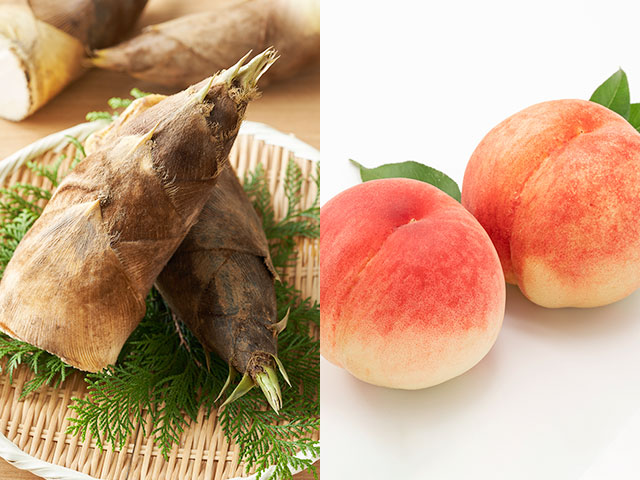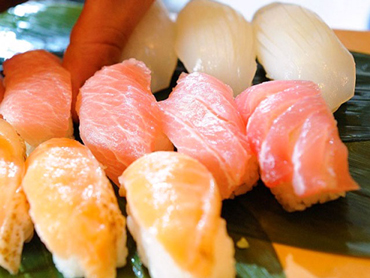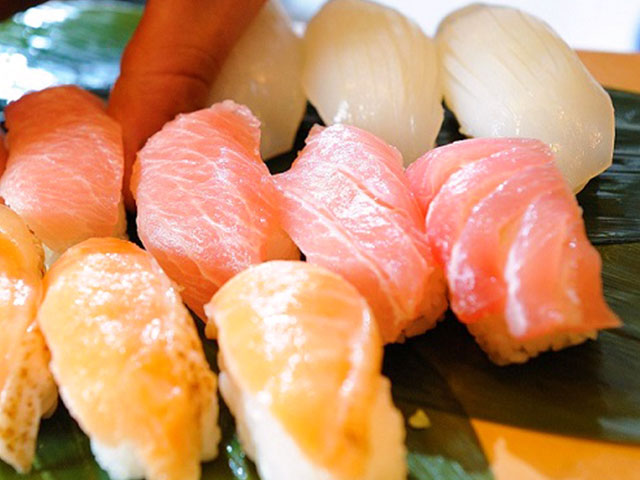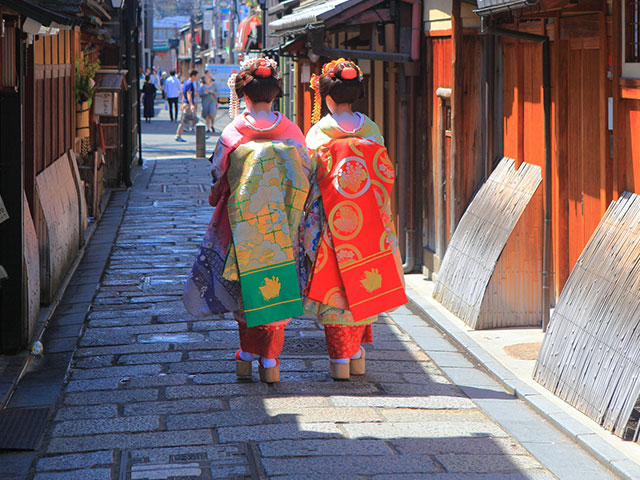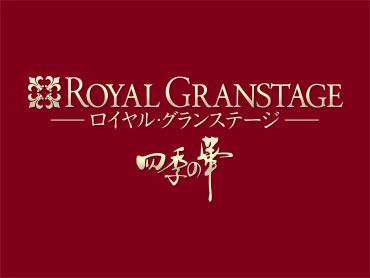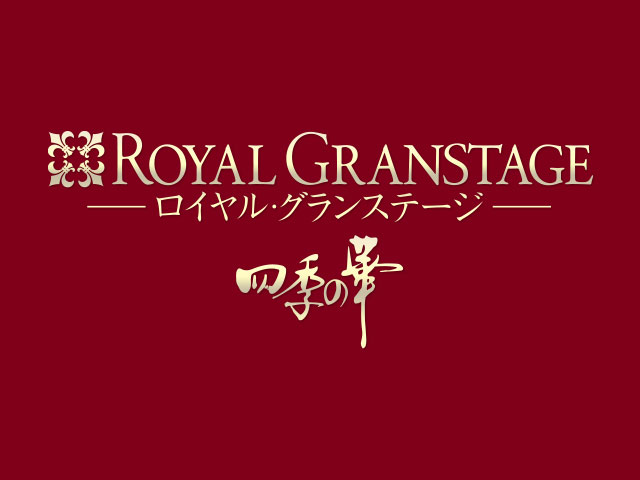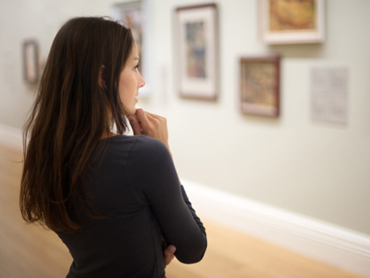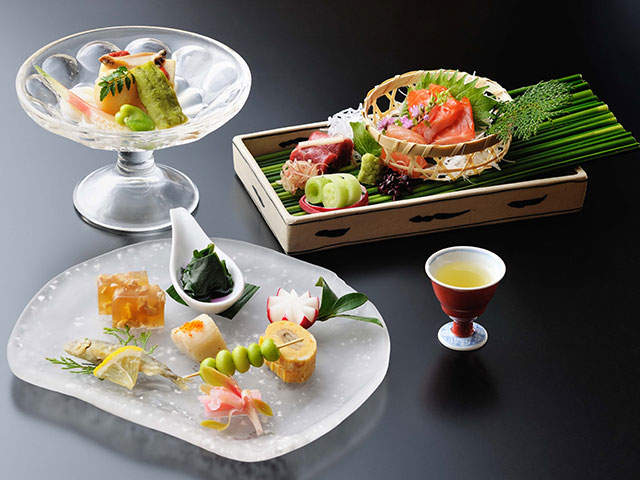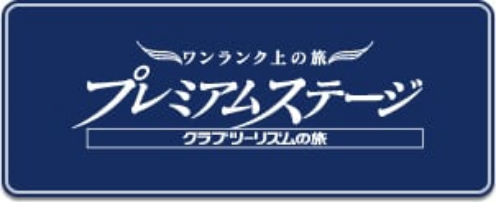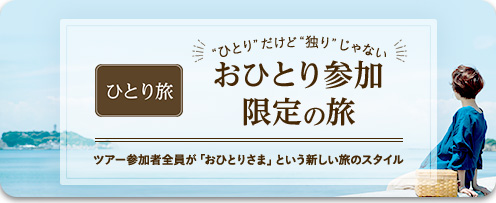Introducing Kyoto Guest House


Club Tourism Tour/Travel to the Kyoto State Guest House! Tours with tour conductors are well supported! You can see architecture that brings together the best of traditional craftsmanship and beautiful gardens. Searching and booking tours is easy.
What is the Kyoto Guest House?
This is a national guesthouse that opened in 2005 to welcome distinguished guests from overseas and help deepen understanding and friendship toward Japan.
It features a traditional Japanese architectural style with a gabled roof and sukiya (tea house) styled exterior. The building and furnishings incorporate numerous representative traditional Japanese skills.
Highlights of Kyoto Guest House
In search of new charms in Kyoto, a city you will never get bored of, no matter how many times you visit.
Visit the four rooms - Juraku-no-Ma, Fuji-no-Ma, Yuue-no-Ma, and Kiri-no-Ma - and enjoy the beauty of the architecture and gardens, which bring together the finest traditional Japanese craftsmanship.
聚楽の間(じゅらくのま)

「聚楽の間」の「聚楽」は、16世紀に京都に造営された邸宅、聚楽第(じゅらくだい又はじゅらくてい)でよく知られています。
「楽」(心身が安らかで楽しいこと)を集める(「聚」の字は寄り集まること)といった意味があります。
この部屋は、晩餐会などが行われる際に、招待されたゲストや随員の待合などに使用しています。
藤の間(ふじのま)

壁面装飾の主要モチーフである藤の花言葉は「歓迎」であり、外交の場である迎賓館にふさわしいということで「藤の間」といいます。
「麗花」は、日本画家・鹿見喜陌(しかみきよみち)氏の下絵を基に製作されたものです。
この部屋は、京都迎賓館で最も大きな部屋で、晩餐会や歓迎式典の会場として使用しています。また、舞台では、能や日本舞踊などが披露され、訪れた賓客の方々へ日本の伝統文化を紹介しています。
夕映の間(ゆうばえのま)

「夕映の間」という名は、日本画家・箱崎睦昌(はこざきむつまさ)氏の下絵を基に製作された東西にある壁面の綴織りの作品名に由来します。
この部屋は、大臣会合などの各種会議や、立礼式のお茶のおもてなしに使用するほか、晩餐会の待合としても使用します。
桐の間(きりのま)

「桐の間」という名は、日本国政府の紋章である「五七の桐」を主要な装飾モチーフとしていることに由来します。
この部屋は、日本の伝統的な畳敷きの大広間で和食を提供する「和の晩餐室」です。
Important Notice
-
Due to reservations by Kyoto State Guest House, this course is available on a reservation basis only, excluding private courses. We will contact you as soon as the arrangements are made.
*For more detailed information, please check the details page of each tour. -
As Kyoto Guest House is an active guest house, there may be times when it is not possible to visit due to the reception of state and official guests or other operational reasons at Kyoto Guest House.
-
Children under elementary school age are not permitted to visit Kyoto Guest House.

